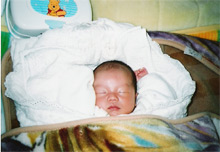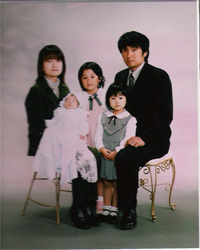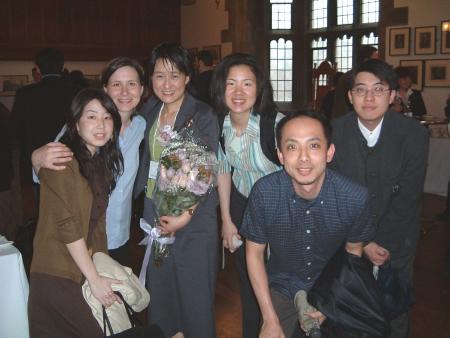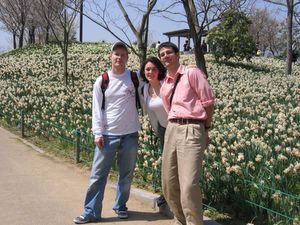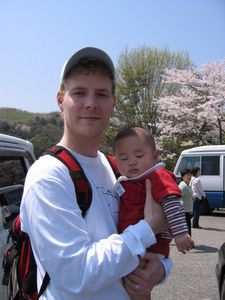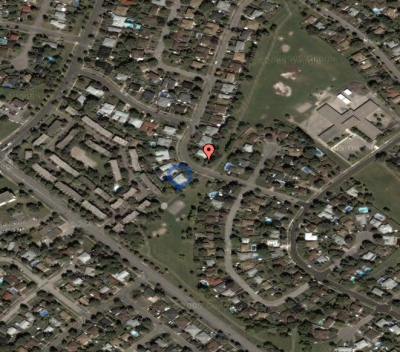My second post is almost as exciting as my first.
You get to hear about my new computer and my in-house setup.
CURRENT SETUP
I currently have an ISDN Line hooked up downstairs.
My ISDN is hooked up into a wireless router.
The router travels over to the XBOX hooked up to the TV, running XBMC.
The router also travels upstairs to my Computer. My computer serves all of my content.
Since computers don’t (easily) hook up to TV’s, I have my XBOX and Computer sharing the network through my router. The XBOX is hooked up to the TV and is used to play games. After I installed XBMC it now runs as a media center. Through the network it connects to my Movies, Videos, Music, Itunes. It streams them from my computer and displays them on the TV. Boom. Instant Media Center.
The XBOX also has access to the Internet and uses it to check the weather, play online games (via Xlink), and look up Video and Music content.
It only gets more exciting…
Gentoo, MythTV, Asterisk: My New Computer
I bought a new computer before I went to Japan. After taking three weeks and going back to Canada for Christmas, I had a spectacular crash. This isn’t the first time, but it was excellent. It didn’t matter what kind of rescue disc or special boot procedure I used, Windows crashed whenever it took a look at my hard drive. After a few days of trying everything, Linux (specifically Knoppix) was the only thing that was able to retrieve data from my drive.
So after many years of putting it off, and recognizing the irony in Linux being the only thing that could save my Windows box, I took the plunge and am now in the midst of installing Gentoo Linux.
When all is said in done, I will have the following:
A Gentoo Linux Box
MythTV
Asterisk
all installed on my system. But what does this mean?
Gentoo
A Linux distribution that is known for its hands-on approach. All of the installation and configuration has to be done with the command console, and is a very different experience then todays Window-based operating systems. It can still look and act like Windows, but it doesn’t have to.
MythTV
I’m very excited about this. Ever heard of Tivo? MythTV turns your computer in to an entertainment system. It acts as a digital video recorder amongst other things. You can schedule TV programs to record, watch live TV, pause live TV, and store them all on your hard drive. You can access and schedule your recordings from the Internet, and you can easily transfer your programs or burn them to DVD. It basically means that I can have as much control over my TV as I want. When I move, it can move with me and adjust the TV schedules and programming accordingly. All free, for no subscription fee.
Asterisk
This is also very exciting. Estentially Asterisk acts as a PBX. What this really means is that it becomes its own telephone switching center. I can design my own voice mail, call forwarding, blocking etc. I can hook up my VOIP phone (my 416-internet phone number) and have it interact with the phone network. After I am done with it I will be able to forward calls from my 416 number to my Japanese cell phone, call Canada from my cell phone, or even allow people to make local calls in Japan from Canada.
I will keep everyone updated as to how the projects are going. Linux will be a pain in the ass, but it will give me an education in Unix, Network and Server systems that I have been severely lacking. When it is done, it will be super. (I’m most excited about being able to watch TV and record two separate channels at once. Through the XBOX MythTV front end I can beam everything right to my TV. Does the excitement ever end??)
Makes you think.
That is all.
